Companion to be
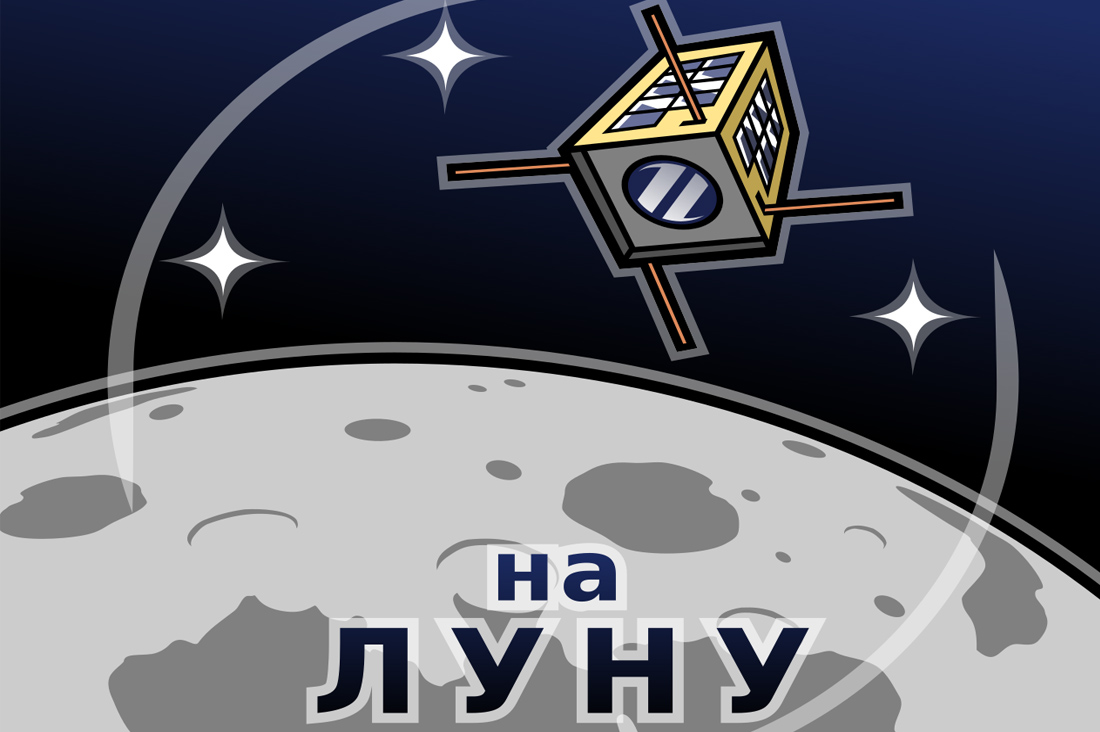
October 4 - a double holiday in the domestic and world cosmonautics. In 1957, the launch of Sputnik 1 began the cosmic era of humanity. For the first time, the spacecraft managed to overcome the gravity of the Earth and enter a near-Earth orbit. In 1959, the start of "Moon-3" began the era of exploration of the solar system. The spacecraft was able to develop a second space velocity, get to the vicinity of the moon, remove its reverse side and transmit images to Earth. So, for the first time, people saw the details of another cosmic body that they could never have seen from Earth.
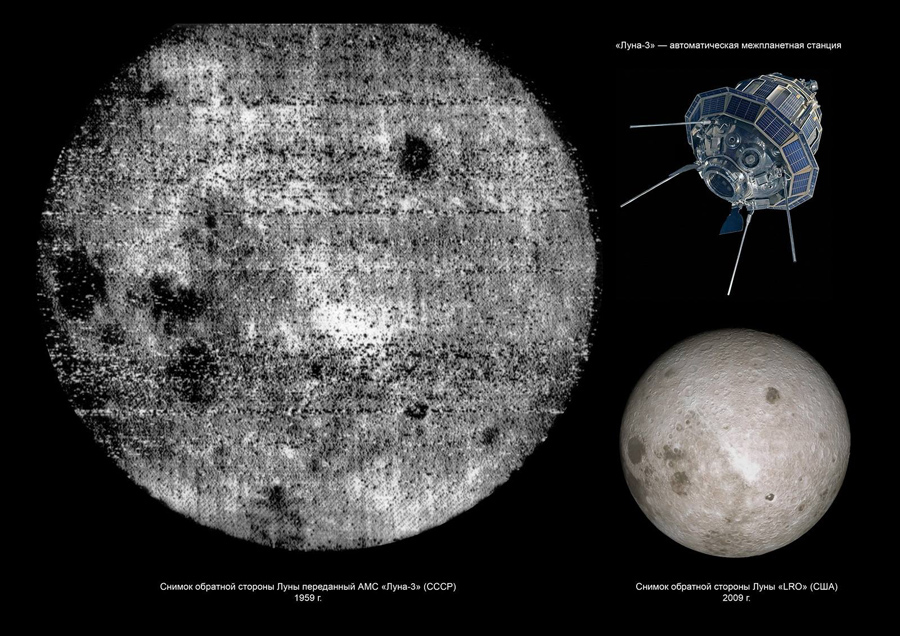
Collage "Moon-3" compiled in the Cosmonautics Federation in St. Petersburg .
Therefore, it is especially symbolic for us on October 4, 2015 to announce that work on the first public satellite in orbit of the moon has begun.
On October 1, a satellite project for photographing the moon was launched at the Boomstarter crowdfunding site . For the first time in Russia, anyone has the opportunity to take part in the implementation of a research project in deep space. Apparently, many were waiting for this opportunity, since in just two days 40% of the required amount was collected to start work, 800 thousand rubles. This amount is largely symbolic, but we pledged to send it to the theoretical study of the design of a spacecraft that can reach the moon, enter its orbit, and shoot with high resolution on the surface of the landing site of the Lunokhod and Apollon.
Seeing such an interest in the project, our team decided not to wait for the completion of the fundraising on November 5, but to immediately start work. For this we gathered for the first scientific and technical council of our project. We do not have our own office, so we were kindly sheltered in the office of one of the developers.
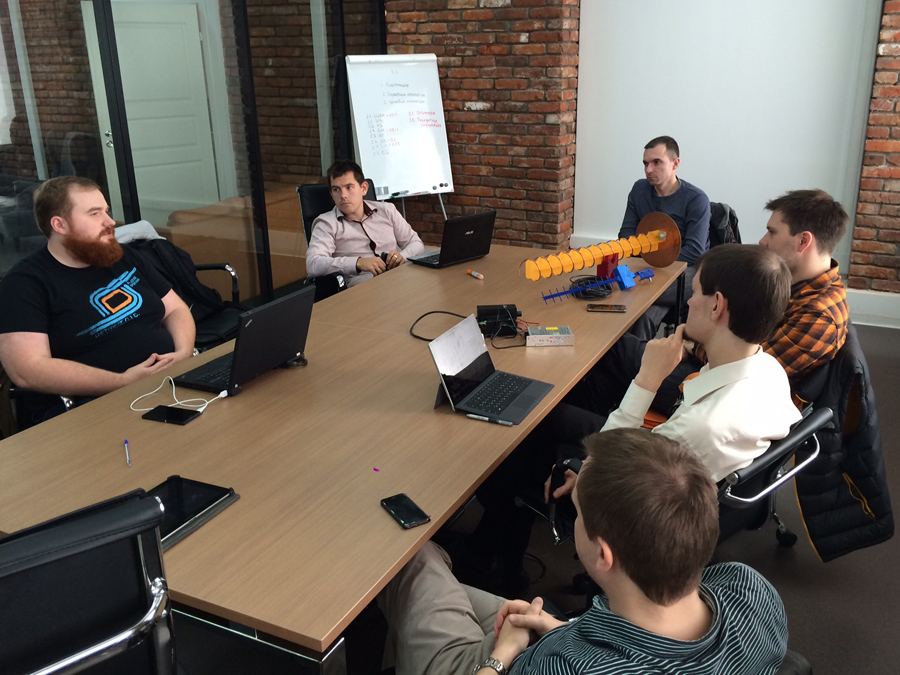
On the agenda were several issues of the organizational and technical plan.
At first, oddly enough, they met, because before that, some only communicated online. Then they discussed the online project management system, in which coordination of actions, statement and implementation of tasks will be carried out. Later we switched to the project itself.
We started the formation of a mass report:
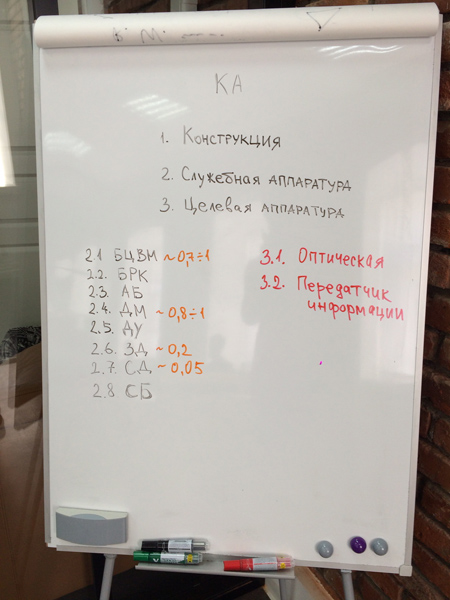
Then they turned to one of the most important technical issues of the mission - the transfer of data from the lunar orbit to the Earth. There are three physical possibilities, with the dimensions and weight of our device: transmission in the UHF-radio band (on the "amateur wave"), transmission in the X-band, and laser transmission. Each of the methods has its advantages and disadvantages.
UHF rangerelatively easy to negotiate for broadcasting from the moon. The transmitter is convenient in terms of energy consumption, but as a result, we will be forced to transmit each image with an excruciating speed of 9.6 kbit / s. Those. each high-resolution image of the surface will have to be transmitted for several days, because for every 76-minute orbit around the moon, the satellite will be able to transmit for about 20 minutes. We will be able to accept on Earth for 8 hours, until the moon disappears beyond the horizon. You can extend the transmission time a little if you arrange the receiving stations around the globe, or at least in the Far East. Here is the only chance - to call for the help of all hams. Fortunately, there are many of them both in Russia and in the world.
X rangemuch harder to negotiate for broadcasting to the whole Earth. This will require a lot of bureaucratic efforts and money. The onboard radio complex on board the device will consume a lot, but, however, this issue can be solved by increasing the battery. And in order to achieve stable and high-speed broadcasting, a satellite antenna will have to be equipped with a folding antenna plate with a diameter of up to 1 meter. But the result will be a transfer of 1 Mbps.
Lasergood in that its use does not require any coordination at all. From the moon it will not be brighter than a pale star, and the data transfer speed will provide tens of megabits per second. Just a dream for enthusiasts who want a satellite on the moon and don’t want to write tons of paper! For all its charms, laser communications are extremely complex in technical terms. The laser requires high energy on board, and requires the highest pointing accuracy. If the laser spot from a distance of 400 thousand km is 5 km in diameter, then communication with the Earth will require accuracy on how to hit a target 1 mm in size from a hundred meters. Despite the fact that the satellite is flying in orbit at a speed of 1.7 km / s. Even if it is possible to achieve such accuracy, an observatory with a telescope with a diameter of 1 meter should work at the reception.
As a result, a decision was made to distribute those responsible in each direction and to carefully work out each. After that, it is finally decided what to fly to the moon with.
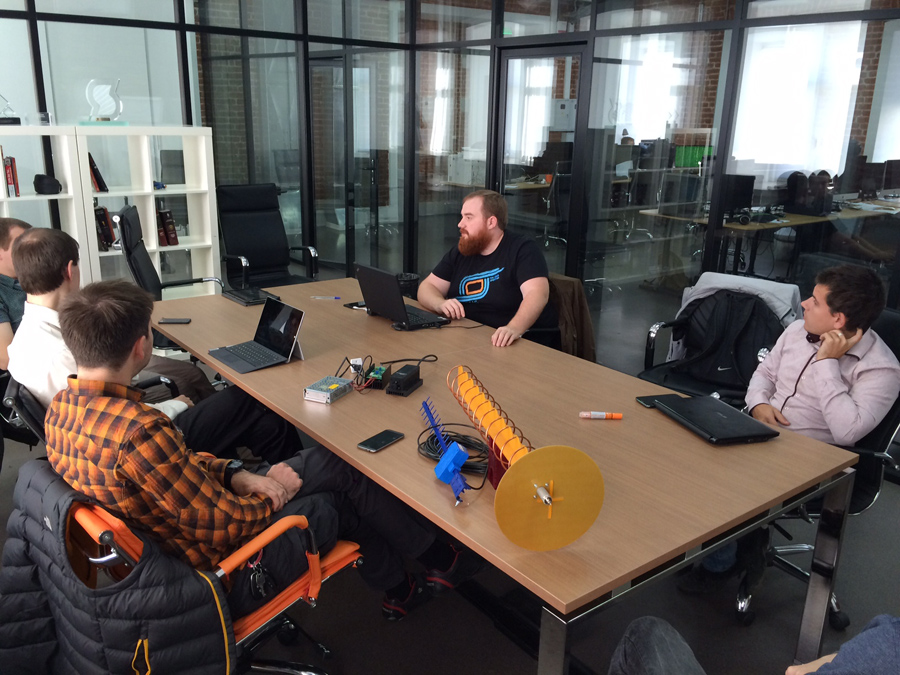
In conclusion, the council decided to meet on average once every two weeks, and most of the time to coordinate work online.
There, we were visited by the journalists of the Russia Today TV channel and recorded a short interview. Despite the fact that they made the title of the video flashy, but the recording itself is mounted qualitatively. Key questions of the mission are voiced.
Two hours after the completion of the council, we learned that the project exceeded the indicated amount of 800 thousand rubles. And we were right in that we immediately started to work.
To create a spacecraft will require much more than 800 tr If the project overcomes the mark of 1 million, we will move from theory to iron. Most likely, we will begin to create an antenna layout and the first radio engineering tests. If the project overcomes the mark of 1.5 million, then additional funds will be directed to the development of the "on-board computer" of the satellite.
